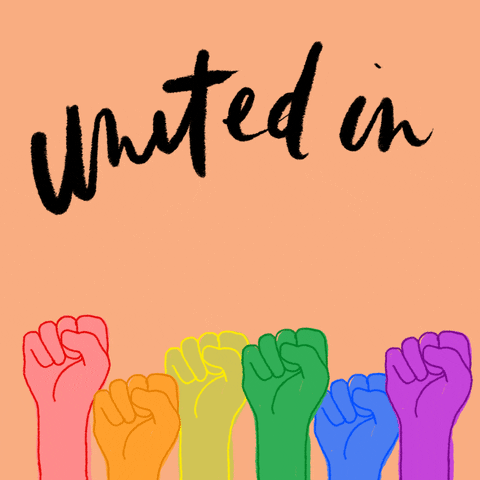This week I sat in a seminar titled “Rights Now” with members of Legal Momentum and college aged peers to discuss the intersectionality of Black Women and voices during this time. I noticed that I often think in very black and white terms. For example, If we’re discussing economic inequalities leading to inadequate health outcomes for certain groups of people I see the answer as pouring funds into these areas. Simple as that.
 However, I’m learning that social issues occur in the grey. I’ve been able to learn about gender identity versus expression, and making spaces more inclusive for womxn. I’ve simultaneously looked at situations of social justice as multifaceted ones. I specifically looked at how women’s rights movements sometimes exclusively benefitted high-middle income white women by not addressing the intersectionality of race, class, gender expression, etc. These experiences made me look at my work as a member of on campus organizations as well as my continued work within my internship differently. As I research information to assist victims of teen dating violence, I wonder if I consider the intersectionality of victims in my research to ensure that one specific person isn’t being represented and advocated for.
However, I’m learning that social issues occur in the grey. I’ve been able to learn about gender identity versus expression, and making spaces more inclusive for womxn. I’ve simultaneously looked at situations of social justice as multifaceted ones. I specifically looked at how women’s rights movements sometimes exclusively benefitted high-middle income white women by not addressing the intersectionality of race, class, gender expression, etc. These experiences made me look at my work as a member of on campus organizations as well as my continued work within my internship differently. As I research information to assist victims of teen dating violence, I wonder if I consider the intersectionality of victims in my research to ensure that one specific person isn’t being represented and advocated for.
 Currently I am struggling with being a part of organizations created for change but being minimally politically involved on my part. I have the opportunity to be a part of amazing organizations unafraid to speak out against injustices and show their political activism. I have always said that I don’t see myself as a political being because I have associated politics with choosing to be republican or democratic, but I am learning that being political means making sure the social change and inclusive environments I want to promote are possible. This shift made me see that my intentions and my actions could contradict each other, and I plan on spending time researching my actions towards political activism and what that means for my future work within issues of social injustice.
Currently I am struggling with being a part of organizations created for change but being minimally politically involved on my part. I have the opportunity to be a part of amazing organizations unafraid to speak out against injustices and show their political activism. I have always said that I don’t see myself as a political being because I have associated politics with choosing to be republican or democratic, but I am learning that being political means making sure the social change and inclusive environments I want to promote are possible. This shift made me see that my intentions and my actions could contradict each other, and I plan on spending time researching my actions towards political activism and what that means for my future work within issues of social injustice.
